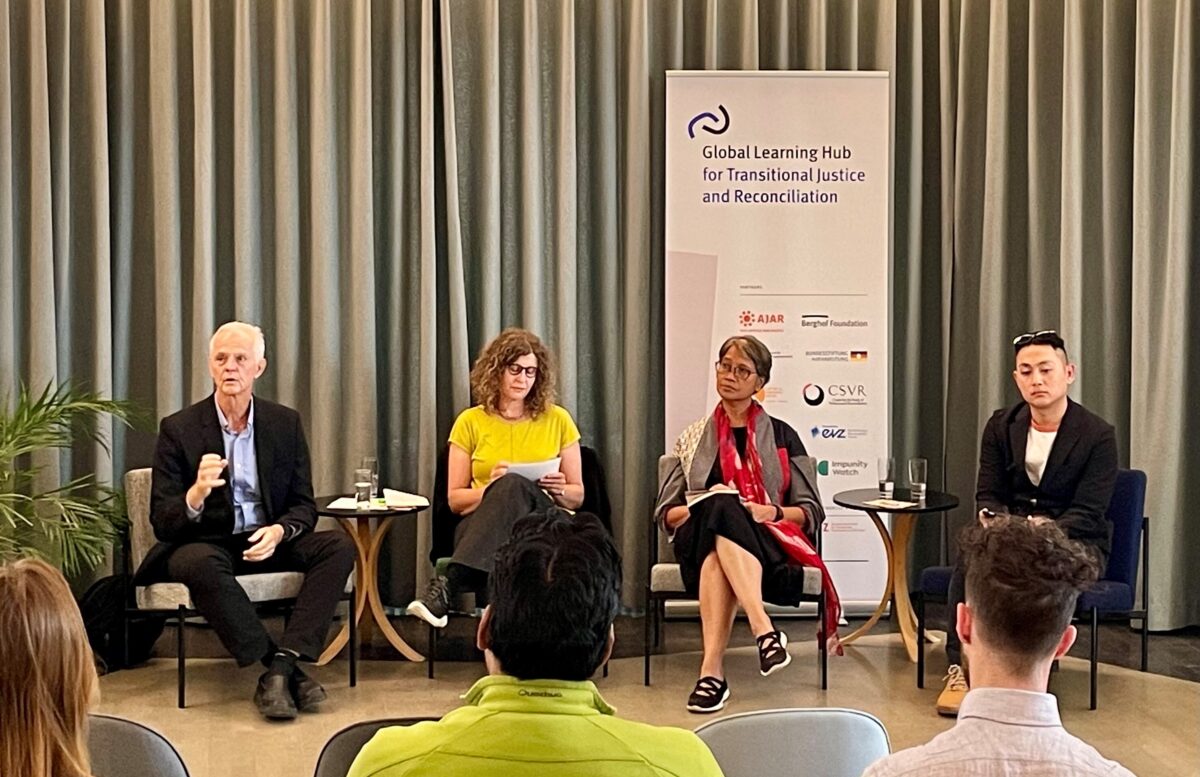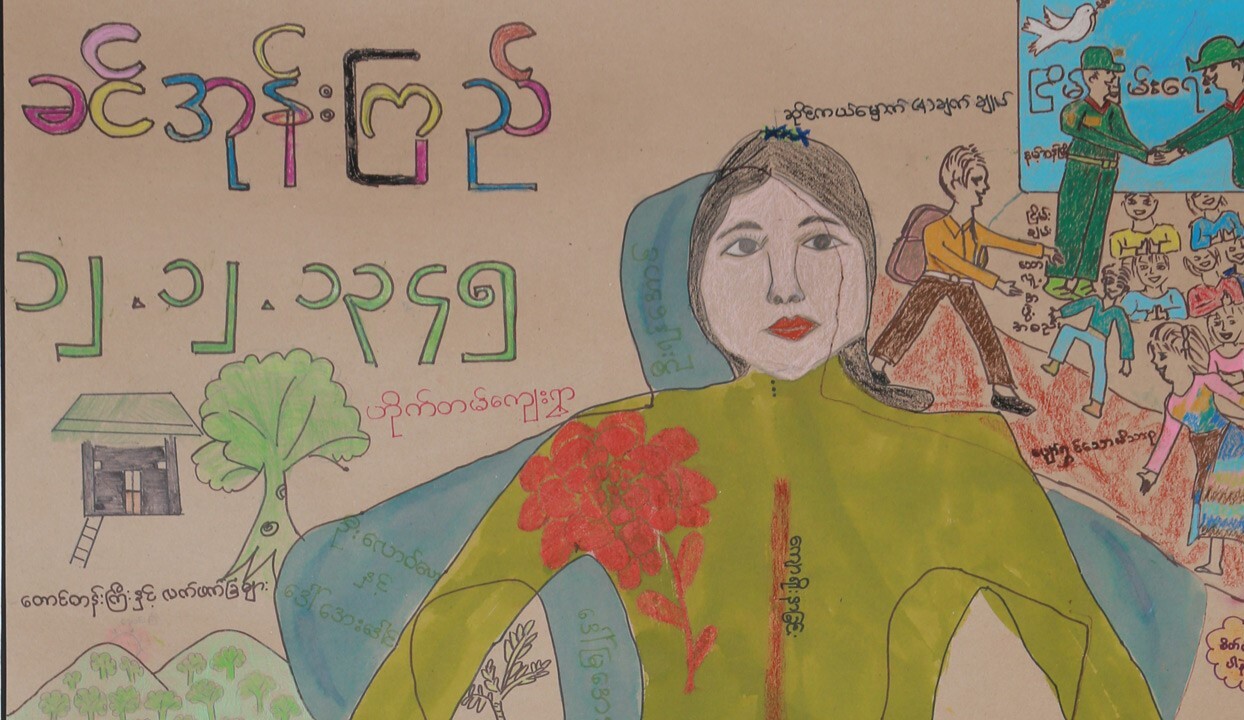NEWS | 4 Jul 2024
Strengthening the voices of survivors in Asia
Linking participatory methods with transitional justice

In our fourth dialogue event, colleagues from Asia Justice and Rights discussed how to engage with victims in contexts of rising authoritarianism.
While international attention has focused on wars in Europe and the Middle East in recent years, there has been a worrying rise of authoritarianism and conflict across Asia. Indonesia’s growing indifference to human rights violations is a sign of the country’s democratic backsliding. In the Philippines, strongman presidents have been confronted with a fraying peace in the Southern region of Mindanao. And Myanmar’s violent conflict, which was reignited following a military coup in 2021, is affecting the whole region, with millions of refugees having fled into neighbouring countries.
According to Patrick Burgess, president of Asia Justice and Rights (AJAR), there are acute threats to peace and justice across Asia: “The generals are back. The authoritarian ways of governing are back. The trends of human rights violations are increasing.” At an event in Berlin on 10 June, Burgess and his colleagues from AJAR discussed how to deal with these challenges. The event marked the fourth instalment of our dialogues series on transitional justice.
Faced with a rise in conflict, it is crucial to find creative strategies of engaging with survivors of violence. Galuh Wandita, Executive Director of AJAR, expressed that her work is motivated by “finding those cracks” that give survivors “joy and hope in situations where it is really quite difficult”. This often requires abandoning pre-conceived notions of what justice should look like. Instead, elements of transitional justice need to respond to the lived realities of victims.
Working with survivors thus has to be a collaborative process. “Participatory methods allow us to come in and discuss these issues of transitional justice from the survivors’ point of view” Wandita added. The Stone and Flower method developed by AJAR offers one way to document women’s stories and facilitate community-based healing by using flowers to show where survivors have experienced aspects of justice and stones to show where they still seek truth or repair.
The need to provide safe spaces for survivors is particularly urgent for Rohingya refugees, of whom more than a million people live in plastic shelters in Bangladesh. “When working with Rohingya artist communities we try to change the narrative to one that tells the story of survivors of human rights violations” said Moses Gum, programme coordinator for Myanmar at AJAR. In one instance of creative truth-telling, twelve women from Myanmar came together to create life-size body maps, in which they shared their memories of the past and their hopes for the future.

The body maps created by women from Myanmar can be accessed here: https://ourbodiesspeakthetruth....
Successful examples of empowering survivors can offer hope across the Asia. As Burgess explained, “how you achieve things in those contexts is much more useful than in a highly developed, Western context that is very well funded with a strong rule of law”. A continuous exchange of experiences is therefore essential for achieving justice and peace in the region. This makes it all the more important to bring Asia back into the international spotlight.